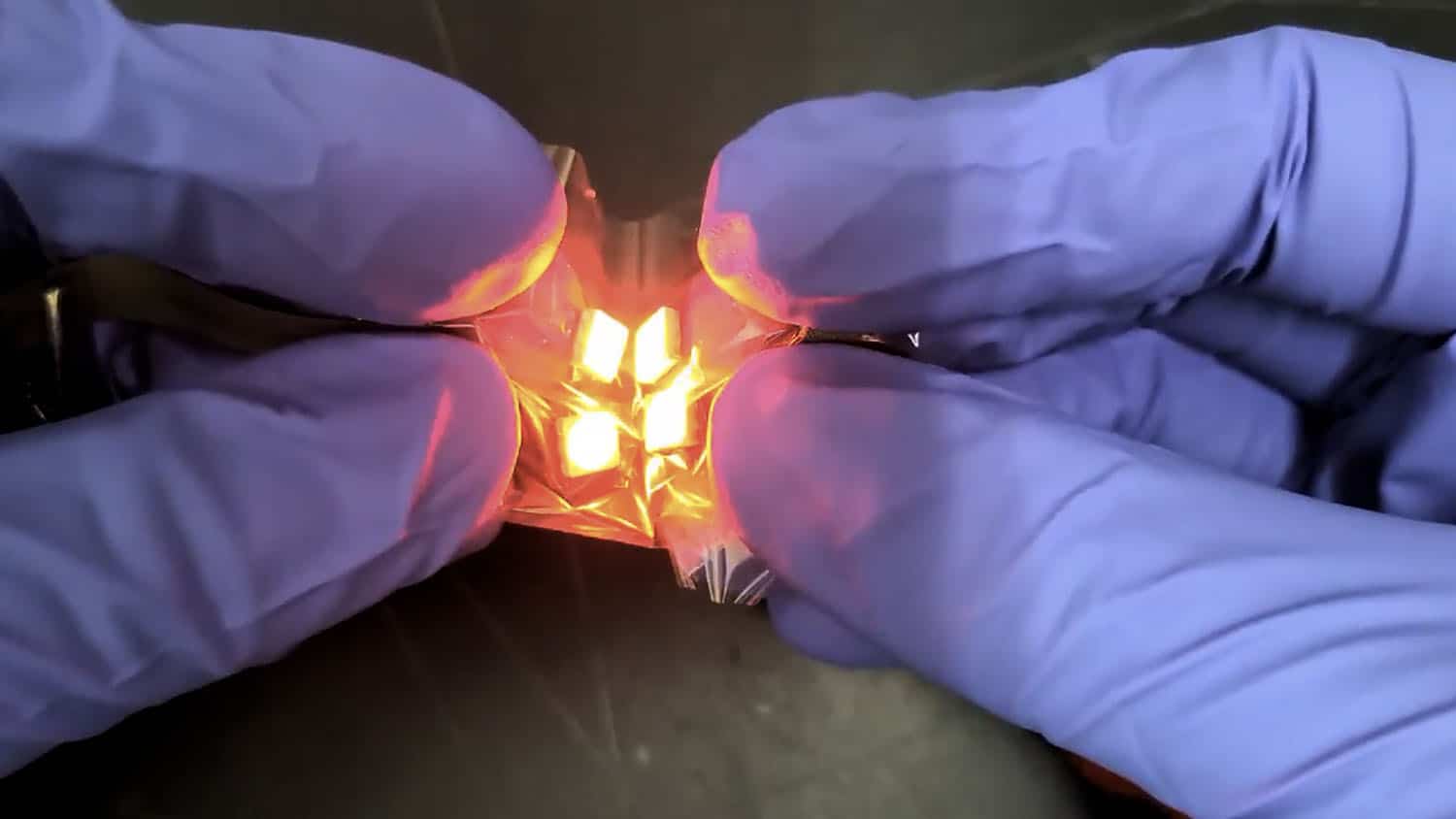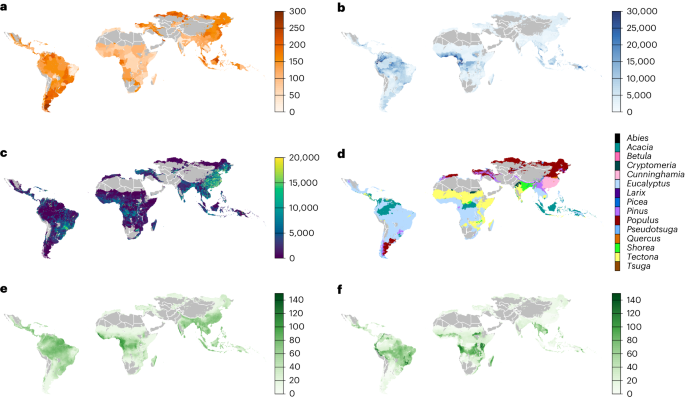2024-08-15 ノースカロライナ州立大学(NCState)

<関連情報>
- https://news.ncsu.edu/2024/08/printing-metal-oxides/
- https://www.science.org/doi/10.1126/science.adp3299
超薄型透明フレキシブル回路基板のためのネイティブ酸化物の常温印刷 Ambient printing of native oxides for ultrathin transparent flexible circuit boards
Minsik Kong, Man Hou Vong, Mingyu Kwak, Ighyun Lim, […], and Michael D. Dickey
Science Published:15 Aug 2024
DOI:https://doi.org/10.1126/science.adp3299
Editor’s summary
Metal oxide films are useful for a number of applications but are often challenging to synthesize. Kong et al. developed a liquid metal–based printing method that allows the surface oxide film to be easily removed. This film has a high electrical conductivity that the authors stabilized by depositing small amounts of metal onto it. The resulting thin film is transparent but still has high conductivity and is mechanically stable. This strategy could potentially be used to develop flexible circuits that are robust even at elevated temperatures. —Brent Grocholski
Abstract
Metal oxide films are essential in most electronic devices, yet they are typically deposited at elevated temperatures by using slow, vacuum-based processes. We printed native oxide films over large areas at ambient conditions by moving a molten metal meniscus across a target substrate. The oxide gently separates from the metal through fluid instabilities that occur in the meniscus, leading to uniform films free of liquid residue. The printed oxide has a metallic interlayer that renders the films highly conductive. The metallic character of the printed films promotes wetting of trace amounts of evaporated gold that would otherwise form disconnected islands on conventional oxide surfaces. The resulting ultrathin (<10 nanometers) conductors can be patterned into flexible circuits that are transparent, mechanically robust, and electrically stable, even at elevated temperatures.



